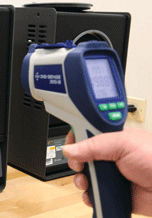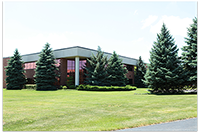Ask Metrology Lab Technician Rich Mathews anything about anemometers and he will be able to tell you how they work. Rich spends his days in the InnoCal air velocity lab using advanced wind tunnel technology to calibrate wind speed and air velocity equipment.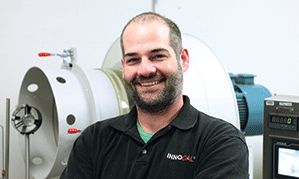
With a background in mathematics and computer science, Rich began his tenure at InnoCal about seven years ago. He enjoys the “hands-on” process of calibration and advises customers: “Keep sending us your equipment!”
Rich knows how critical this equipment can be and works to turn it around quickly. And while he takes pride in helping customers maintain well-functioning anemometers and capture hoods, it’s not quite the same as being outdoors on a boat.
If there’s anywhere he’d rather be—outside of the metrology lab—it’s fishing the Great Lakes.
Wondering how a metrologist could keep your equipment accurate? Contact InnoCal. InnoCal can supply a calibration certificate that will pass any audit or customer inspection.





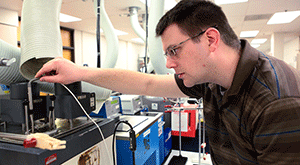 With special skills in
With special skills in 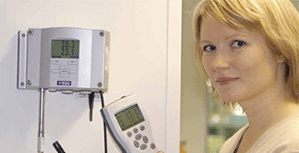
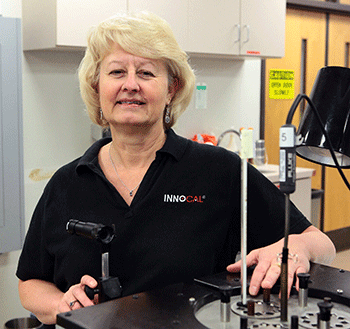 Elaine learned her craft from the ground up, beginning with glass thermometers, and has enjoyed seeing the end results of her work. “I like knowing that I may be helping people in the process,” she said. “Glass thermometers are used to regulate blood samples, to create sweet treats in bakeries and chocolate companies, and even to produce oil. It is fun to see where the next item I might be calibrating comes from.”
Elaine learned her craft from the ground up, beginning with glass thermometers, and has enjoyed seeing the end results of her work. “I like knowing that I may be helping people in the process,” she said. “Glass thermometers are used to regulate blood samples, to create sweet treats in bakeries and chocolate companies, and even to produce oil. It is fun to see where the next item I might be calibrating comes from.”